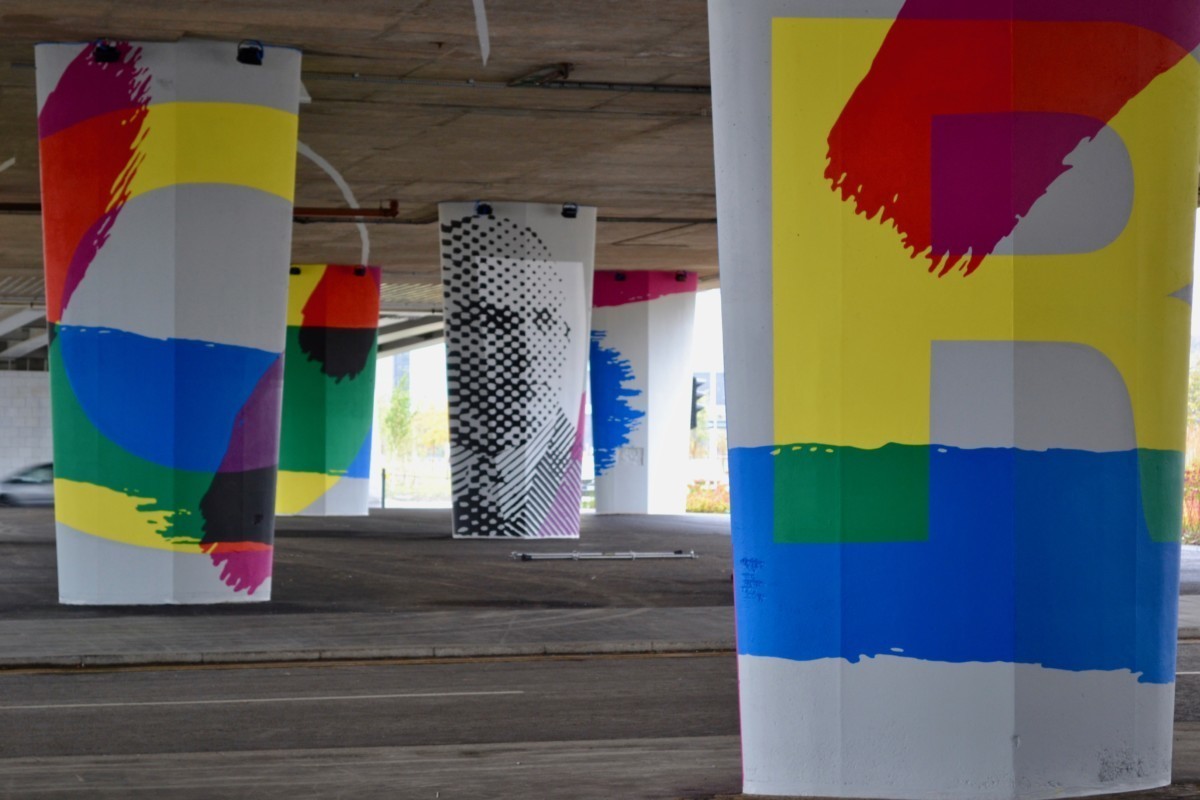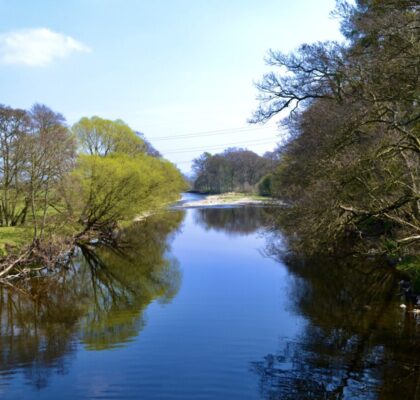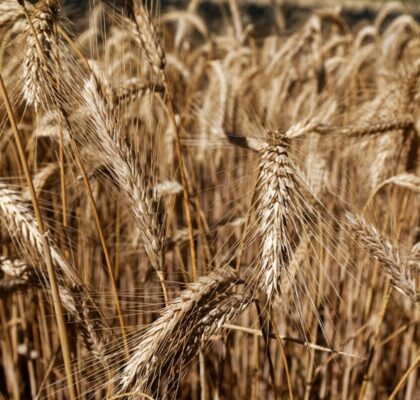Bioregioning embraces the rural and urban and everything in between, together, offering new opportunities to grow biodiversity and strengthen natural infrastructure.
Viewing rural urban interconnections through the geography, geology, land use, history and culture of a Bioregion enables us to see new ways of caring for the health of our ‘life-place’ (1) that helps build our own and nature’s resilience.
Food shortages created but the COVID-19 Pandemic for example have underlined the benefits of radically re-localising our food supply. Flooding and drought exacerbated by global heating is impacting the river systems that bring water to the people of Perth & Dundee as well as the berryfields of Blairgowrie. The welcome re-introduction and protection of Beavers is causing worry for some farmers.

Building new relationships between rural and urban communities across a bioregion can help create the enabling conditions for the development of new localised food distribution platforms that work for everyone involved, new ways of stewarding our water bodies and new ways of organising rewilding.
Bioregioning Tayside will create the new spaces we need for people to come together so that we can rehearse for and design the radical changes we must make.
“Cities are an integral part of the bioregional story; they do not exist separately from the land they are built on and the resources that feed them.” John Thackara


